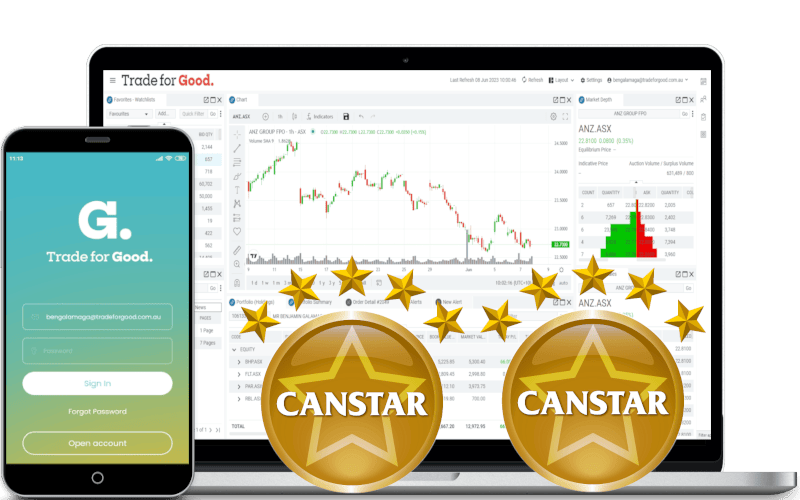
What Is a Margin Call?
A margin call occurs when a broker requests additional funds from an investor to meet minimum capital requirements in a margin account. This happens when the investor’s equity in the account falls below the broker’s required level.
Key Points:
- Margin Account: Contains securities bought with both the investor’s money and borrowed funds from the broker.
- Broker’s Demand: The broker demands additional money or securities to raise the account’s equity to the required minimum.
- Value Decrease: Usually indicates that the securities in the account have decreased in value.
Investor’s Options:
- Deposit Funds/Securities: Add more money or marginable securities to the account.
- Sell Assets: Sell some assets in the account to meet the margin requirement.
By promptly addressing a margin call, investors can maintain their positions and avoid forced liquidation of their assets.
Key Takeaways
- Margin Call Trigger: A margin call happens when a margin account runs low on funds, often due to a losing trade.
- Broker’s Demand: Additional capital or securities to bring the account up to the maintenance requirement.
- Forced Sale: Brokers may force the sale of assets to meet the margin call if additional funds are not deposited.
- Short Selling Risk: Margin calls can also occur if a shorted stock increases in price, leading to mounting losses.
- Prevention: Investors can avoid margin calls by monitoring their equity and maintaining sufficient funds above the required maintenance level.

What Triggers a Margin Call?
A margin call is triggered when an investor’s equity in a margin account falls below the required maintenance margin. This happens when the market value of the securities minus the borrowed amount drops to a certain level.
Key Points:
- Buying on Margin: Involves using a combination of the investor’s funds and borrowed money to buy and sell securities. The investor’s equity is the market value of the securities minus the borrowed amount.
- Maintenance Margin: The minimum equity percentage required in the account. The NYSE and FINRA require at least 25%, but some brokers may demand up to 50%.
- Market Volatility: Margin calls are more likely during periods of market volatility when account values can drop suddenly.
To avoid margin calls, investors should monitor their equity levels and maintain sufficient funds to meet the maintenance requirements.

Example of a Margin Call
Here’s an example illustrating how a decline in the value of a margin account can reduce an investor’s equity to the point where the broker must issue a margin call.

How to Cover a Margin Call
When a margin call is issued, the investor typically has two to five days to respond. Here are the options:
- Deposit Cash: Add $200 in cash to the account.
- Deposit Securities: Add $285 of fully paid-for marginable securities. This amount is calculated by dividing the required $200 by (1 – 30% equity requirement):

- Combination: Use a mix of cash and securities to cover the margin call.
- Sell Assets: Sell other securities to raise the needed cash.

If the investor fails to meet the margin call, the broker may close out any open positions to restore the account to the required value, possibly without the investor’s consent. The broker may also charge a commission on these transactions, and the investor is responsible for any losses incurred during this process.
How to Avoid a Margin Call
Before opening a margin account, investors should carefully consider if it’s necessary, as long-term investors can earn solid returns without buying on margin, which also incurs interest costs. Here are steps to manage a margin account and avoid margin calls:
- Maintain Available Cash: Keep cash ready to deposit into your account, preferably in an interest-earning account at the same brokerage.
- Diversify: Build a well-diversified portfolio to reduce the risk of a single position decreasing the account value significantly.
- Regular Monitoring: Monitor your open positions, equity, and margin loans regularly, ideally daily.
- Set Alerts: Create alerts above the margin maintenance requirement and deposit funds or securities if your account falls to that level.
- Immediate Action: Address margin calls immediately to prevent forced liquidation of assets.
Additionally, using protective stop orders to limit losses and maintaining adequate cash and securities in your account can help prevent margin calls.
Additionally, using protective stop orders to limit losses and maintaining adequate cash and securities in your account can help prevent margin calls.

Managing Risks Associated with Trading on Margin
To effectively manage the risks associated with trading on margin, consider the following measures:
- Use Stop-Loss Orders: Implement stop-loss orders to limit potential losses on trades.
- Limit Leverage: Keep leverage at manageable levels to reduce the risk of significant losses.
- Diversify: Borrow against a diversified portfolio to lower the probability of a margin call, which is more likely with a single stock.

The Bottom Line
Buying on margin isn’t suitable for everyone, as not all investors have the funds to meet initial and maintenance margin requirements. While it can amplify returns, it has significant downsides.
To be advantageous, securities must appreciate enough to cover the margin loan and interest. Margin calls, which require depositing additional cash or securities, can be a major drawback. Failure to meet a margin call may force you to sell existing holdings or close out positions at a loss, often at lower-than-expected prices, especially during market volatility.

What you learn here has been used in our Trade for Good software.
Click on the button to find our software education videos.
You can read more of our educational articles in the Trade for Good Learn section
Trade for Good Learn




